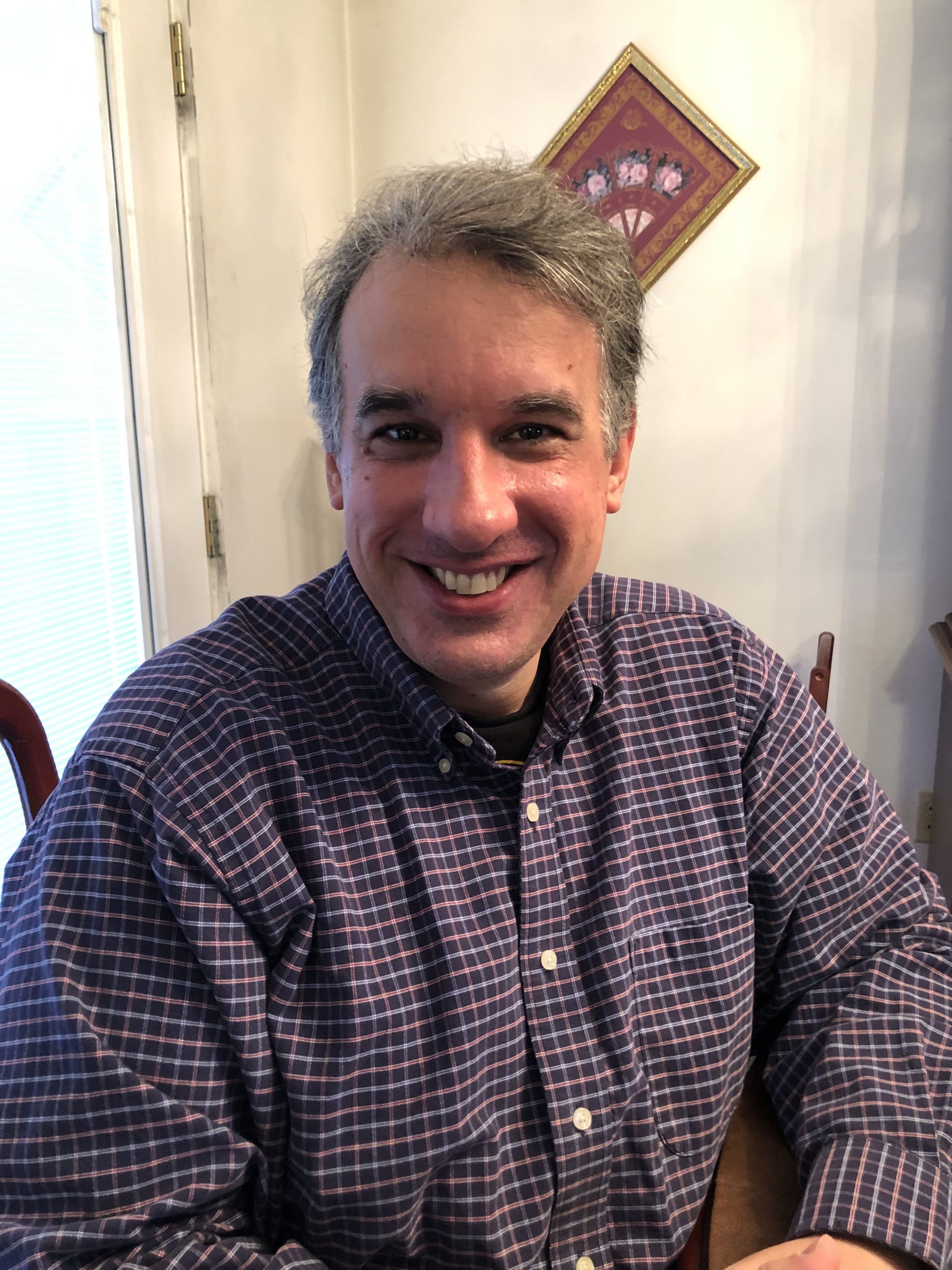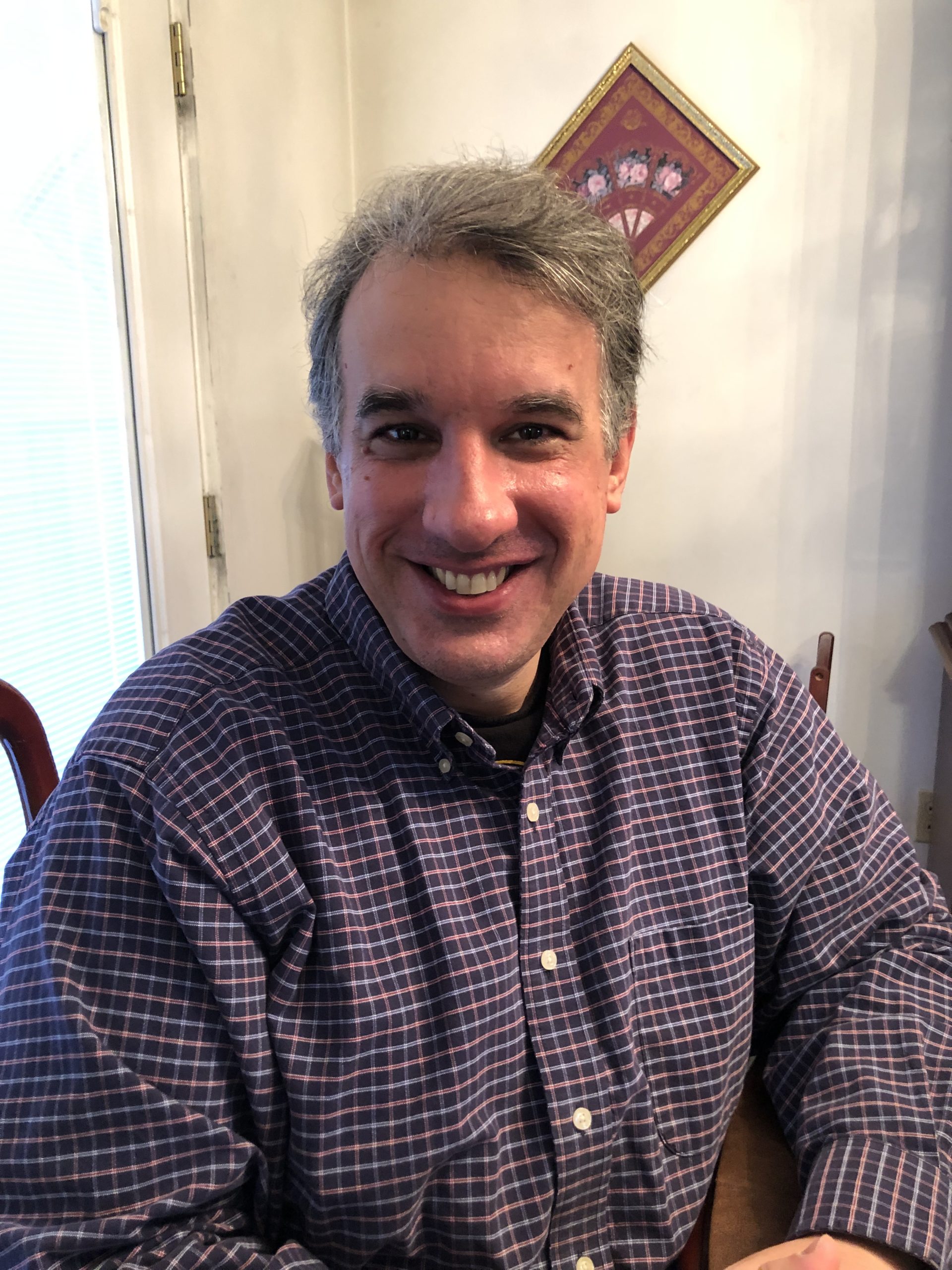
The establishment media marginalizes dissenting voices by dismissing them as “conspiracy theorists.”
Tucker Carlson has received this treatment. So has Democratic presidential candidate Robert F. Kennedy Jr. They are crazy, the establishment media assures us. Ignore them.
In fact, we all know the template. Nonconformists, the establishment scribes and talking heads will say, peddle “debunked” and “dangerous” theories based on “disinformation.” Often, the “disinformation” originates in Russia. The stories write themselves.
Those who understand U.S. history, however, should wear the “conspiracy theorist” label as a badge of honor.
Indeed, three of America’s Pantheon-level icons — John Adams, Thomas Jefferson and Abraham Lincoln — described the political events of their day in conspiratorial terms.
John Adams and Thomas Jefferson
Each year, schoolchildren learn that the American Revolution began as a dispute over “taxation without representation.” Like most partial truths, this dry phrase strips the matter of its vibrancy and urgency.
Adams and Jefferson did not regard the Revolution as the result of a dispute over government representation. They considered it a consequence of a decade-long British conspiracy.
For instance, in 1765, the British Parliament tried to impose the infamous Stamp Act on the American colonies. This ill-conceived measure would have taxed printed materials such as newspapers, almanacs and college diplomas.
Have you believed in a conspiracy theory that turned out to be true?
Yes: 100% (1 Votes)
No: 0% (0 Votes)
Here, the cry “taxation without representation” did indeed rally many Americans in opposition to the tax. Adams, however, saw the tax in a different light.
In response to the Stamp Act, Adams penned a lengthy essay entitled “A Dissertation on the Canon and the Feudal Law,” which appeared in the Boston Gazette in four parts. The final paragraph of the fourth installment, published on Oct. 21, 1765, featured an astonishing accusation against England.
“There seems to be a direct and formal design on foot, to enslave all America,” Adams wrote.
“It seems very manifest from the [Stamp Act] itself, that a design is form’d to strip us in a great measure of the means of knowledge, by loading the Press, the Colleges, and even an Almanack and a News-Paper, with restraints and duties; and to introduce the inequalities and dependances of the feudal system, by taking from the poorer sort of people all their little subsistance, and conferring it on a set of stamp officers, distributors and their deputies.”
Thus, according to Adams, the Stamp Act was more than a tax. Sinister British officials, he argued, hoped to keep Americans ignorant, all while funneling wealth upward into the pockets of government agents.
Nine years later, Thomas Jefferson described the Anglo-American crisis in similar terms.
In “A Summary View of the Rights of British America,” a pamphlet written in 1774 as a set of informal instructions for delegates to the First Continental Congress, Jefferson argued that the events of the previous decade revealed a vast British conspiracy. Adams had perceived only its beginnings.
“Scarcely have our minds been able to emerge from the astonishment into which one stroke of parliamentary thunder has involved us, before another more heavy, and more alarming, is fallen on us,” Jefferson wrote.
“Single acts of tyranny may be ascribed to the accidental opinion of a day; but a series of oppressions, begun at a distinguished period, and pursued unalterably through every change of ministers, too plainly prove a deliberate and systematical plan of reducing us to slavery,” he added.
Two years later, Jefferson and Adams sat on the five-man committee charged with drafting the Declaration of Independence. Jefferson, of course, wrote the first draft. Adams contributed edits.
One famous line reflecting the Adams and Jefferson conspiracy theory appears in the final version:
“But when a long train of abuses and usurpations, pursuing invariably the same Object evinces a design to reduce them under absolute Despotism, it is their right, it is their duty, to throw off such Government, and to provide new Guards for their future security.”
In short, only “a long train of abuses and usurpations” as part of a “design” to impose “absolute Despotism” could justify independence.
Hence, a conspiracy theory gave birth to the United States.
This pattern of viewing political developments in conspiratorial terms did not end with the American Revolution.
Abraham Lincoln
In the 1850s, Southern Democrats wanted to expand slavery into the Western territories. Meanwhile, Northern Democrats aided their Southern allies by arguing that the people of the territories should decide on the slavery question. In other words, slavery should be subject to a democratic vote.
In 1854, the Republican Party was formed for the sole purpose of preventing this expansion. Abraham Lincoln soon emerged as a leader of the new Republican Party.
During the 1858 campaign for a U.S. Senate seat in Illinois, which featured his celebrated debates with incumbent Democrat Stephen A. Douglas, Lincoln delivered an address that became known as his “House Divided” speech.
Here, Lincoln accused Northern Democrats of secretly favoring slavery while only pretending to care about democracy. Furthermore, he argued that Northern Democrats actually conspired with their Southern counterparts to expand slavery regardless of the popular will.
In one memorable passage, Lincoln likened the pro-slavery initiatives of four powerful Democrats — Douglas, former President Franklin Pierce, Chief Justice Roger B. Taney and sitting President James Buchanan — to the construction of a building.
“We can not absolutely know that all these exact adaptations are the result of preconcert,” Lincoln wrote.
“But when we see a lot of framed timbers, different portions of which we know have been gotten out at different times and places and by different workmen — Stephen, Franklin, Roger, and James, for instance — and when we see these timbers joined together, and see they exactly make the frame of a house or a mill … we find it impossible not to believe that Stephen and Franklin and Roger and James all understood one another from the beginning, and all worked upon a common plan or draft drawn up before the first lick was struck.”
The italicized words “plan” and “draft” only emphasize Lincoln’s conspiratorial argument.
In short, according to Lincoln, the Democrats were conspiring to expand slavery. They had to be stopped.
Thus, Adams, Jefferson and Lincoln pushed “conspiracy theories” in the service of freedom. History proved them correct.
In light of all this, if the establishment media or anyone labels you a “conspiracy theorist,” the proper response is confident gratitude.







